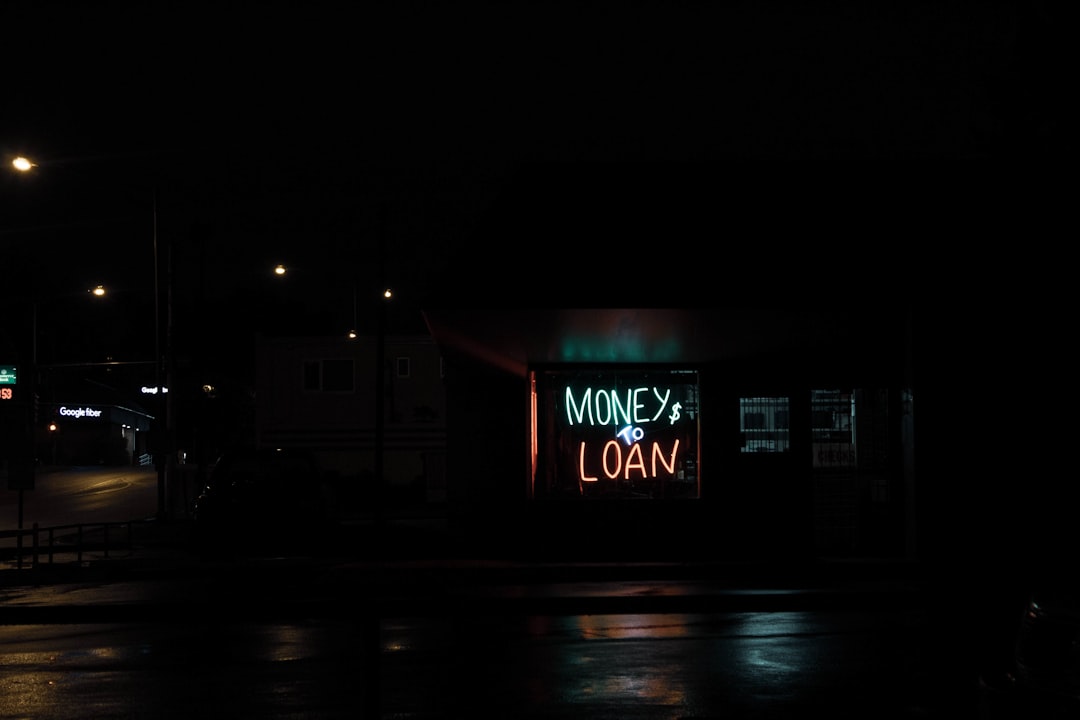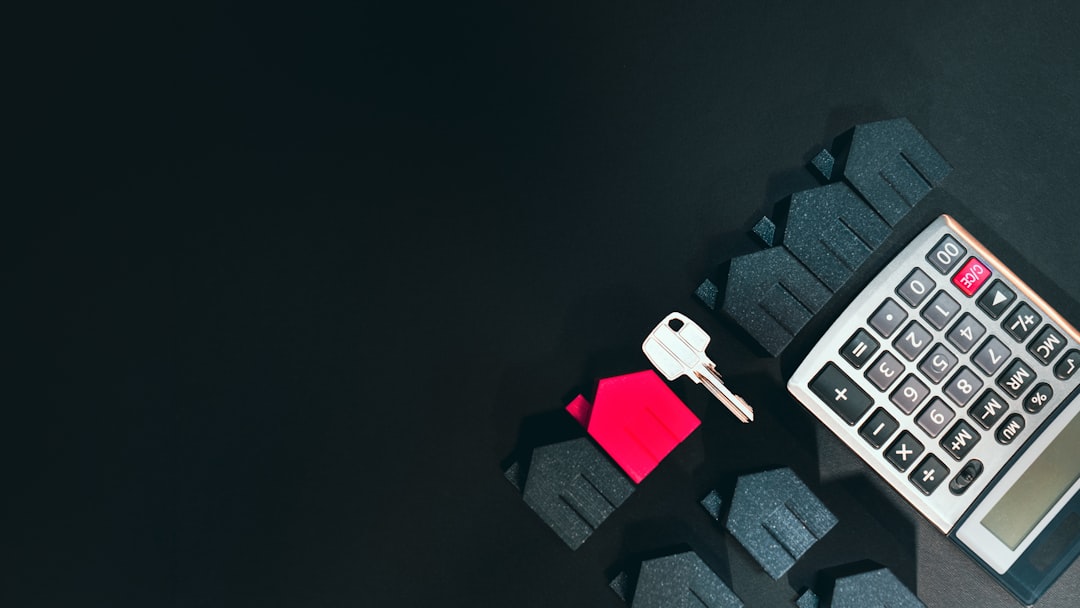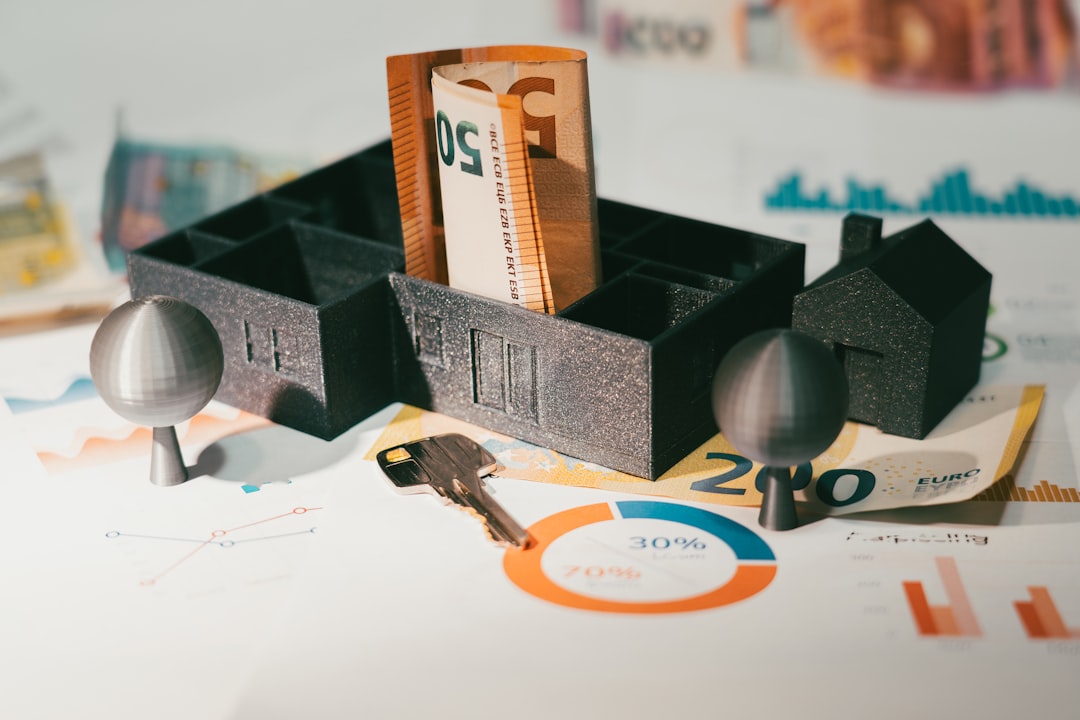Debt consolidation loans offer a way to simplify multiple high-interest debts, with two main types: secured and unsecured. Secured loans, backed by assets like real estate or vehicles, provide lower rates and flexible terms but carry the risk of asset forfeiture in default. Unsecured loans, lacking collateral, have slightly higher rates but are accessible to individuals without significant assets. Understanding the risks and interest rates between these options is crucial for making an informed decision that saves money and simplifies repayment.
Understanding the difference between secured and unsecured loans is crucial when considering debt consolidation options. Secured loans, backed by collateral, offer lower interest rates but pose higher risk if you default. Unsecured loans provide access without collateral, but generally come with higher rates and stricter borrowing limits. For debt consolidation, secured loans can be advantageous for long-term savings, while unsecured options are ideal for those seeking quicker relief from multiple debts. This guide breaks down these distinctions to help borrowers make informed decisions.
Understanding Secured Loans: Collateral and Benefits

Secured loans are financial products where a borrower provides collateral, typically in the form of an asset like real estate or a vehicle, to secure the loan. This collateral acts as protection for the lender in case the borrower defaults on repayments. The key benefit for borrowers is often lower interest rates and more favorable loan terms due to the reduced risk for the lender. Secured loans can be particularly attractive for those looking for debt consolidation loans, allowing them to combine multiple high-interest debts into a single repayment with potentially better overall terms.
For individuals seeking to consolidate debt, secured loans can offer a strategic approach to managing finances. By using an asset as collateral, borrowers may gain access to larger loan amounts and extended repayment periods, making it easier to manage their debt burden. This is especially beneficial for those dealing with credit card debt or other high-interest loans, as it can simplify the repayment process and potentially save money on interest charges over time.
Unsecured Loans: Access Without Collateral

Unsecured loans are financial products that offer access to funds without requiring any collateral or security from the borrower. This means individuals can obtain a loan based solely on their creditworthiness and repayment ability, as assessed by lenders. Such loans are particularly attractive for those seeking debt consolidation options, as they provide a straightforward path to managing multiple debts under one unified loan with potentially lower interest rates.
Without the need for collateral, unsecured loans focus more on evaluating an individual’s income, employment history, and credit score. This process simplifies borrowing but also means lenders may charge slightly higher interest rates to compensate for the increased risk. Nonetheless, they remain a popular choice for borrowers looking to streamline their financial obligations without tying up assets as collateral.
Comparing Risks and Interest Rates

When comparing secured and unsecured loans, understanding the risks and interest rates involved is crucial, especially for those considering debt consolidation loans. Secured loans are backed by collateral, typically in the form of an asset like a house or car. This reduces the lender’s risk, often resulting in lower interest rates compared to unsecured loans. Unsecured loans, on the other hand, carry more risk for lenders as they have no collateral to fall back on. As a result, these loans usually come with higher interest rates to compensate for the increased financial exposure.
For individuals seeking debt consolidation, this means secured loans might offer more favorable terms in terms of both risk and cost. Lower interest rates can significantly reduce the overall amount paid over the life of the loan, making it an attractive option for managing multiple debts. However, it’s essential to assess one’s financial situation and capacity to repay, as defaulting on a secured loan could lead to the loss of the collateralized asset.
Debt Consolidation: Choosing Between Secured and Unsecured Loans

When considering debt consolidation loans, understanding the difference between secured and unsecured options is key. Secured loans are backed by collateral, typically a valuable asset like your home or car. This offers lenders greater assurance, often resulting in lower interest rates and more flexible repayment terms. It’s an attractive option if you have significant equity in an asset and want to consolidate high-interest debts, such as credit cards, into a single loan with potentially better conditions.
In contrast, unsecured loans don’t require collateral, making them riskier for lenders. Consequently, they usually come with higher interest rates and stricter repayment schedules. However, unsecured debt consolidation loans can be an excellent choice if you lack significant assets or prefer not to use them as security. They provide the convenience of combining multiple debts into one manageable payment without the added stress of potential asset forfeiture.
When considering debt consolidation loans, understanding the differences between secured and unsecured options is key. Secured loans offer lower interest rates but require collateral, while unsecured loans provide access without any assets at risk. Both have their pros and cons, so evaluating your financial situation and preferences is essential before making a decision. Whether you opt for a secured or unsecured loan, ensuring you choose the best fit for your debt consolidation needs can lead to a more manageable and successful repayment journey.
